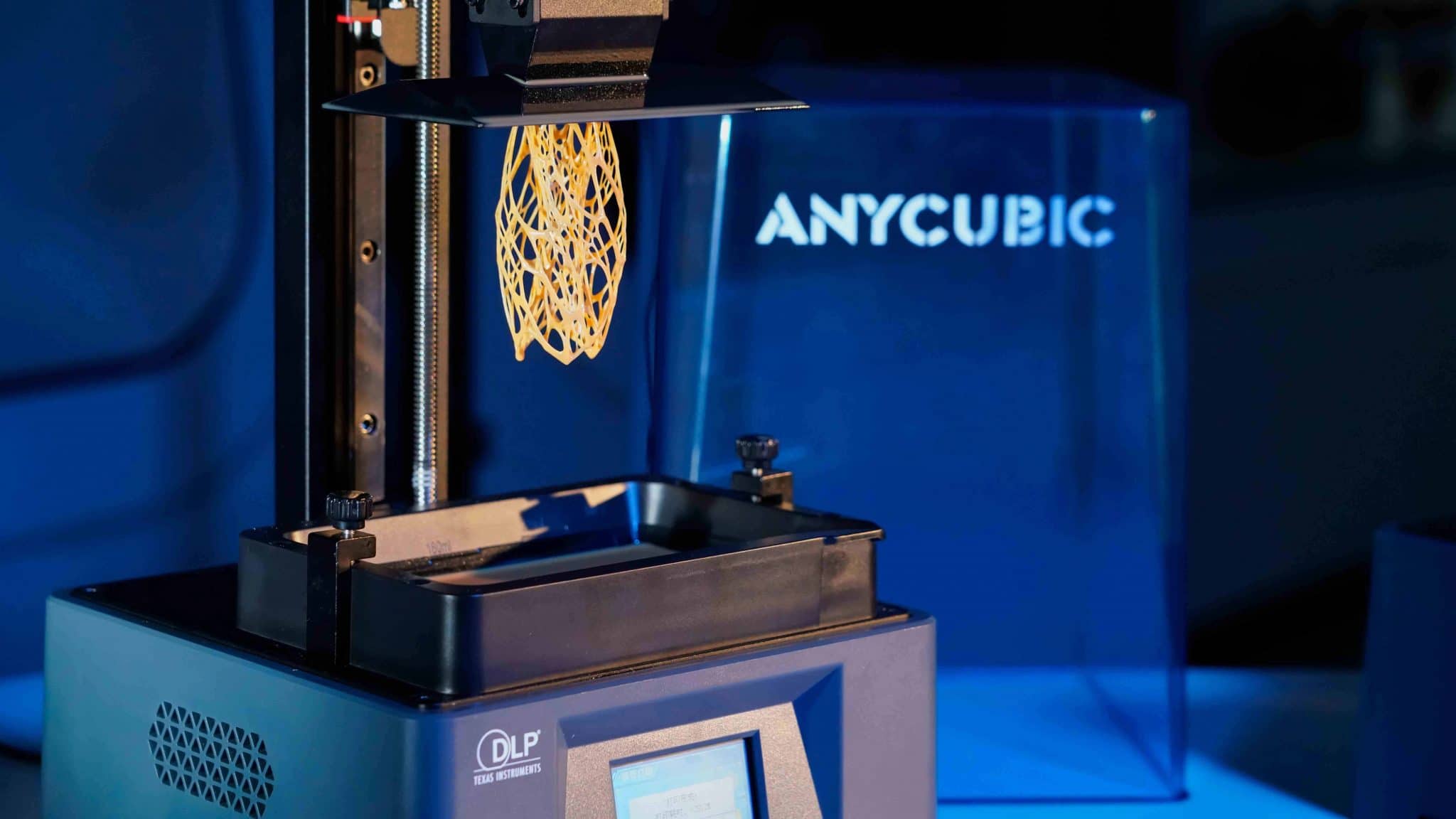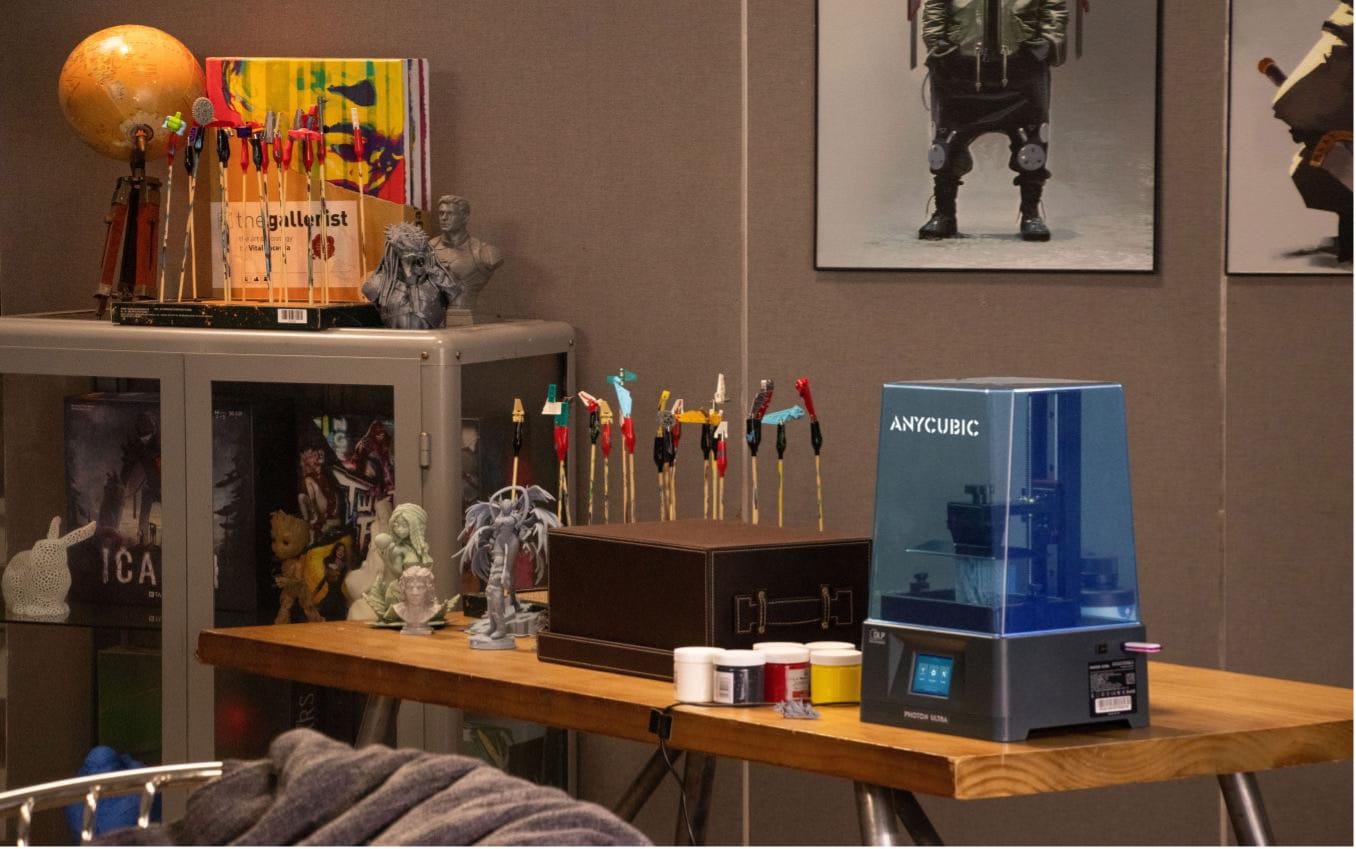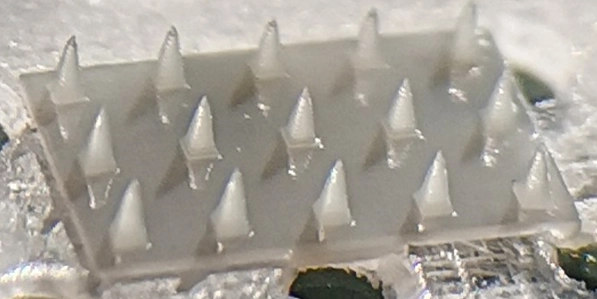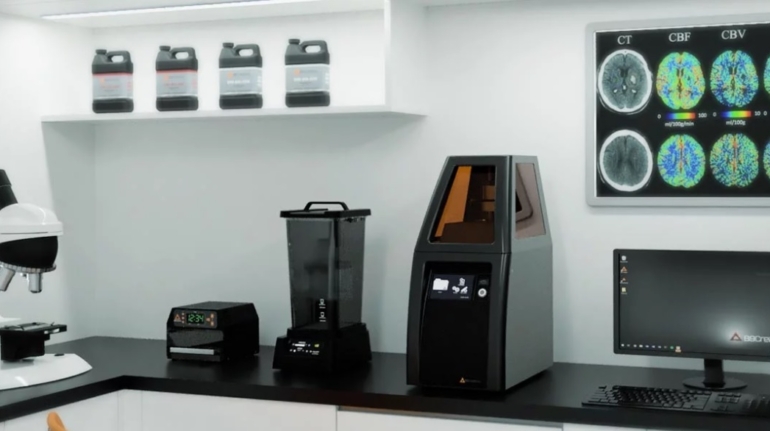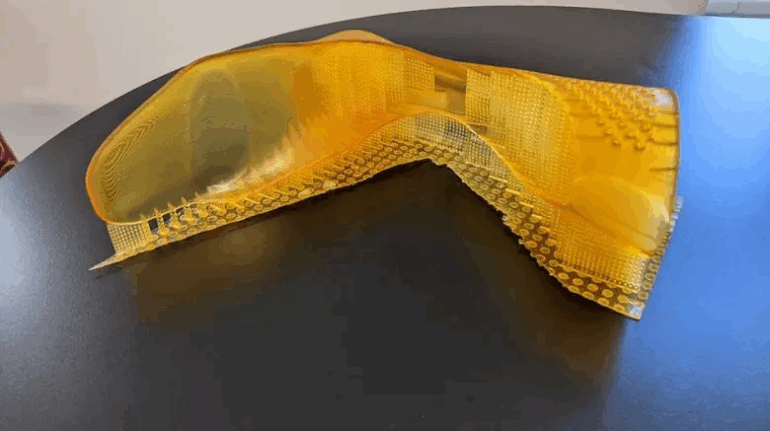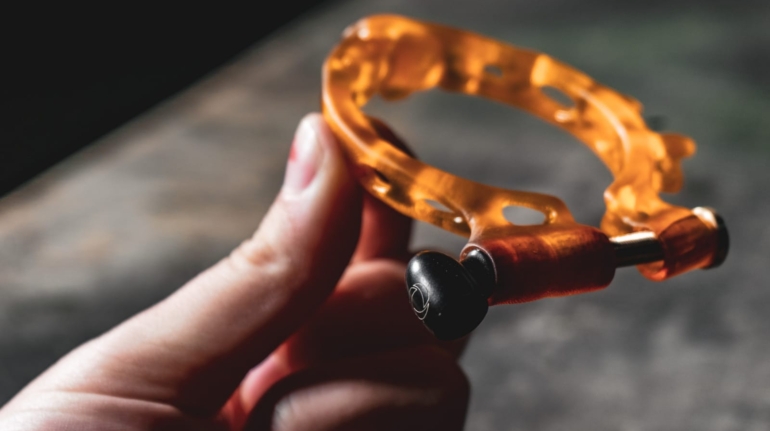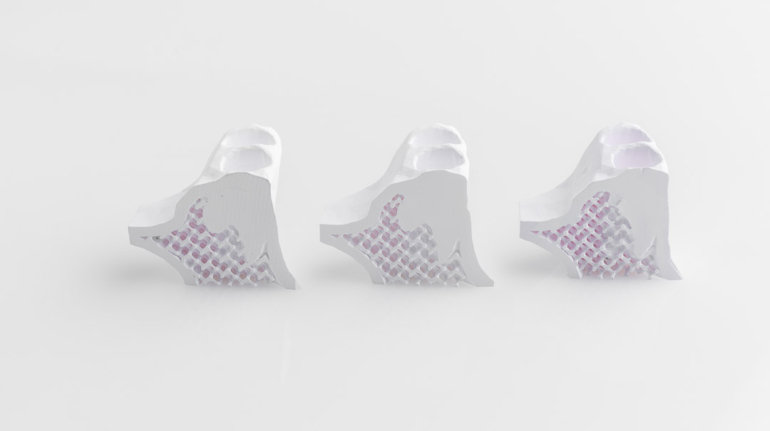New TI DLP Pico Chipset Makes DLP 3D Printing More Affordable
This story, which passed under most radars last year, could have some very important implications in dramatically broadening access to advanced DLP 3D printing technology to small business owners, hobbyists and consumers. Texas Instruments, the original inventors of digital light projection technology, introduced the new, TI DLP Pico chipsets to fit into smaller applications so that engineers can develop small, high-quality 3D printers that are more accessible and affordable.

